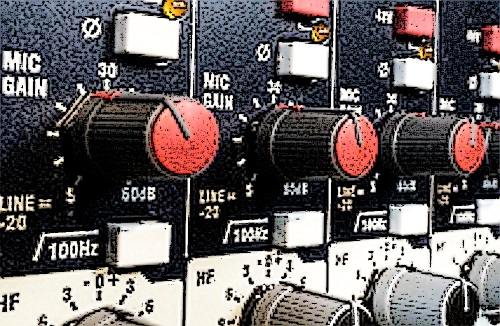
This gives me the best of both worlds—maximized gain and faders at unity.
Because the digital trim is so clean, it has no real detrimental effect on the sound. Because our overall system is set up well, we rarely find ourselves using more than 3-4 dB worth of trim, and at the most, we cut 7-10 dB on our cymbals.
My personal mixers are getting consistent levels (though we can adjust those in software anyway), and all my processing remains pretty consistent. Even though we snapshot the beginnings of all our songs, it’s still very easy to bring things back to a “normal” mix throughout a song.
As an added benefit, since our mix position is far removed from the congregation, I can walk the floor with an iPad during rehearsal, adjusting trims to get us to a good mix starting point and know that if I go back to fader unity, the mix should be pretty solid.
Of course, there are tons of variables to this, and you still need to mix throughout the songs. Setting gain properly doesn’t relieve you from the responsibility to continue to work to make the band sound great throughout the set. However, once the gain is set correctly, it’s a lot easier to mix, and dare I say, more fun.
All these approaches assume your overall system gain is set correctly.
Whichever method you choose for setting your input gain, you also have to be aware of how the mix bus sounds, where the master fader ends up, as well as your system processor and amps. You can get the input gain set up correctly, but still find you’re running the master fader at −30 or +10 to get the right level. In that case, you probably need to make some adjustments further down the chain.
It’s a good idea to go take a look at the input and output levels of your system processor as well as the amps to see if everything is within normal levels. I’ve seen systems where you couldn’t push any channel or the master about −30 without it feeding back, only to find the system processor input gain all the way up, and the output of the processor and the amps all the way up.
Everything in the chain needs to be set correctly for the best sound. And of course, there are few schools of though on how to do that. But that’s another article…
Editor’s Note: Mike has a follow-up post to this article on his blog, responding to several queries. Check it out here.
